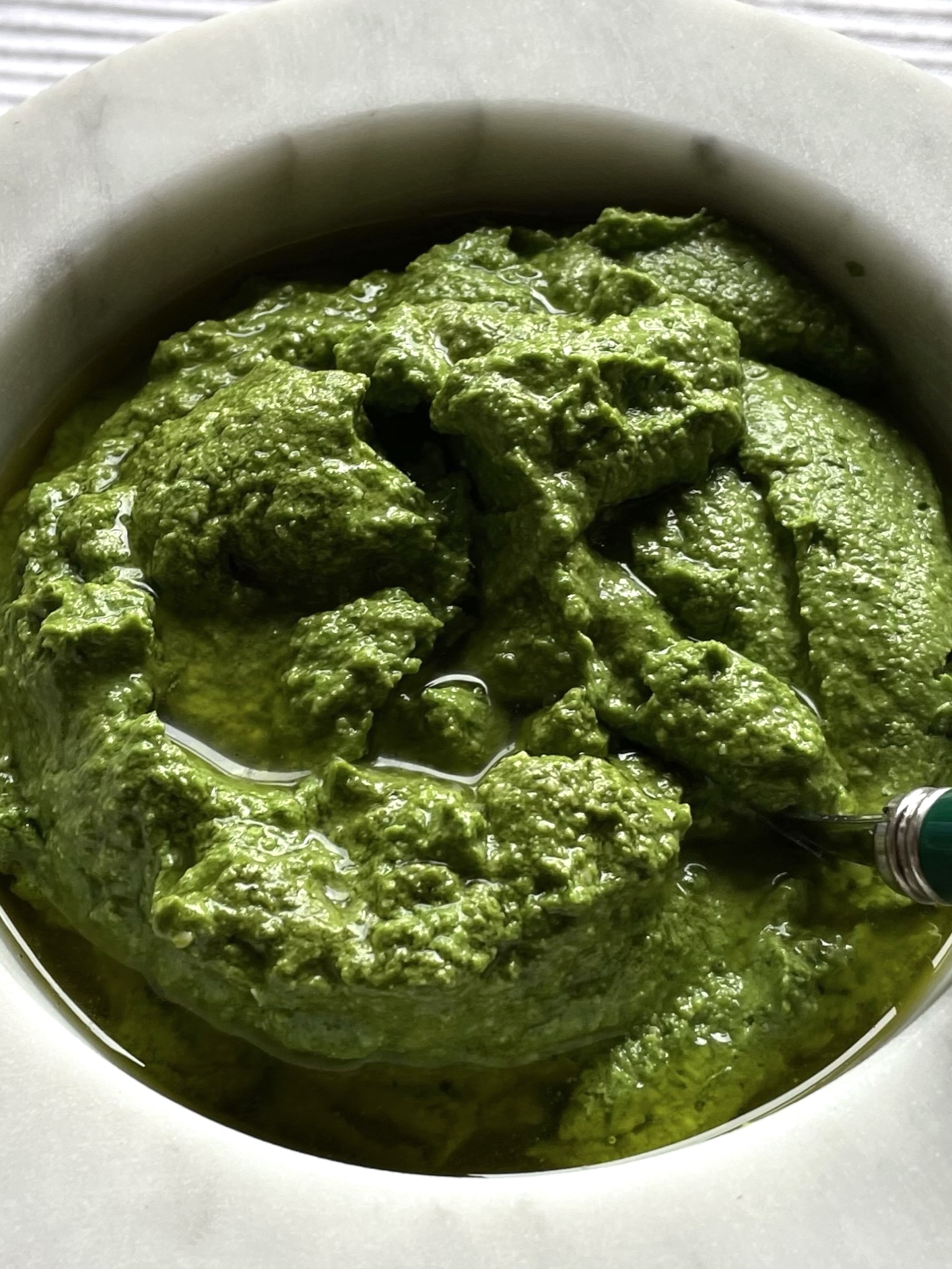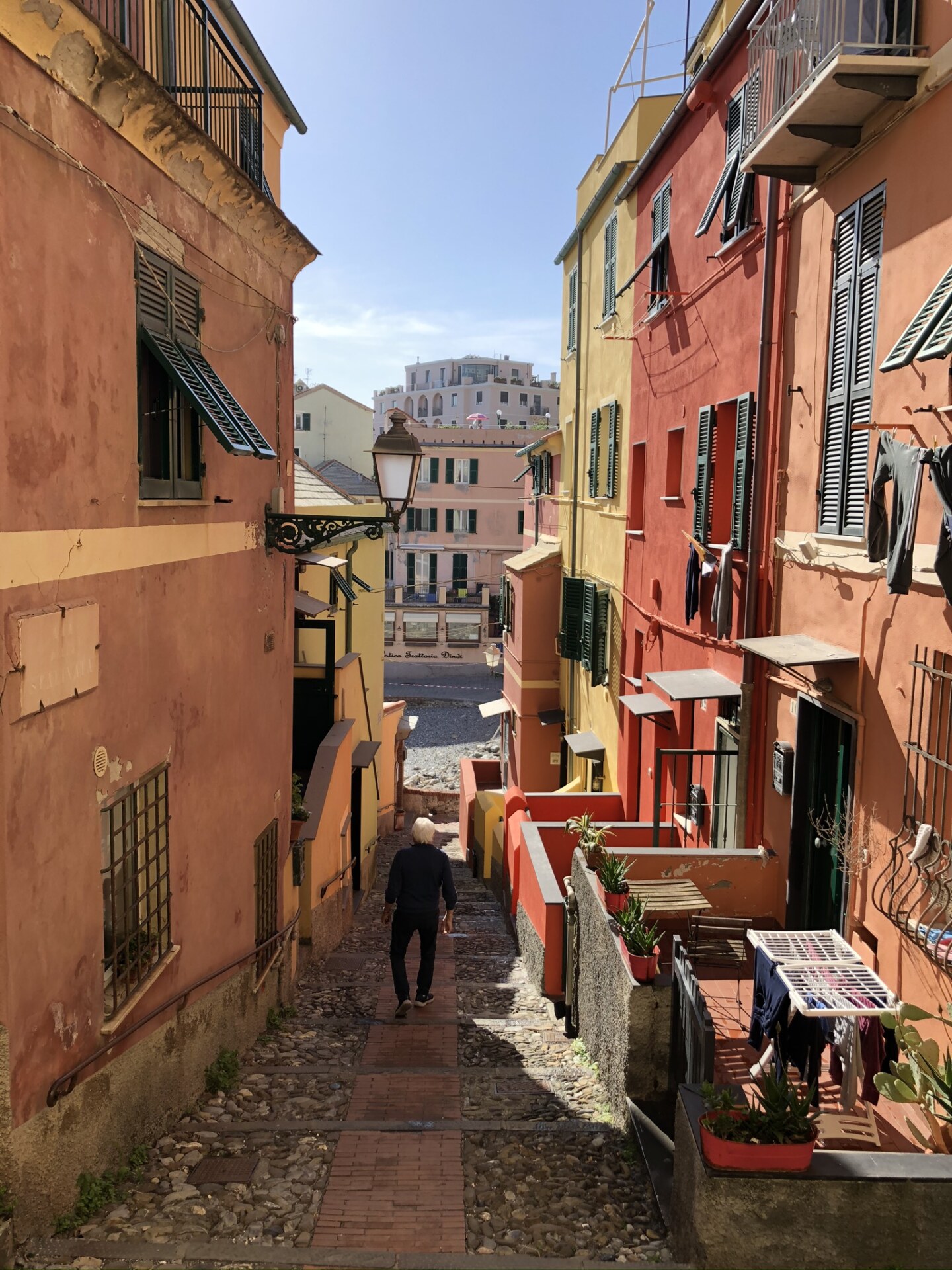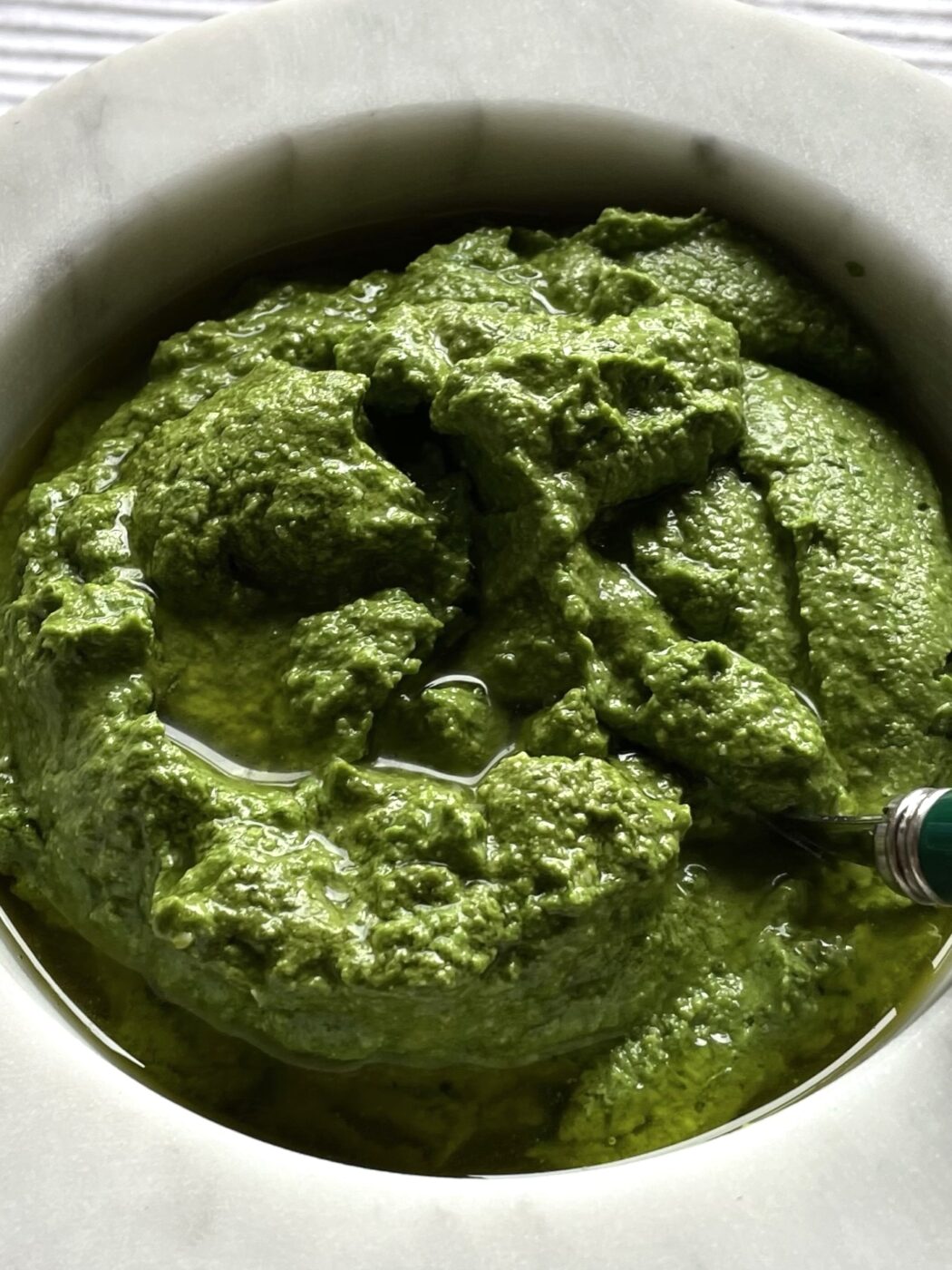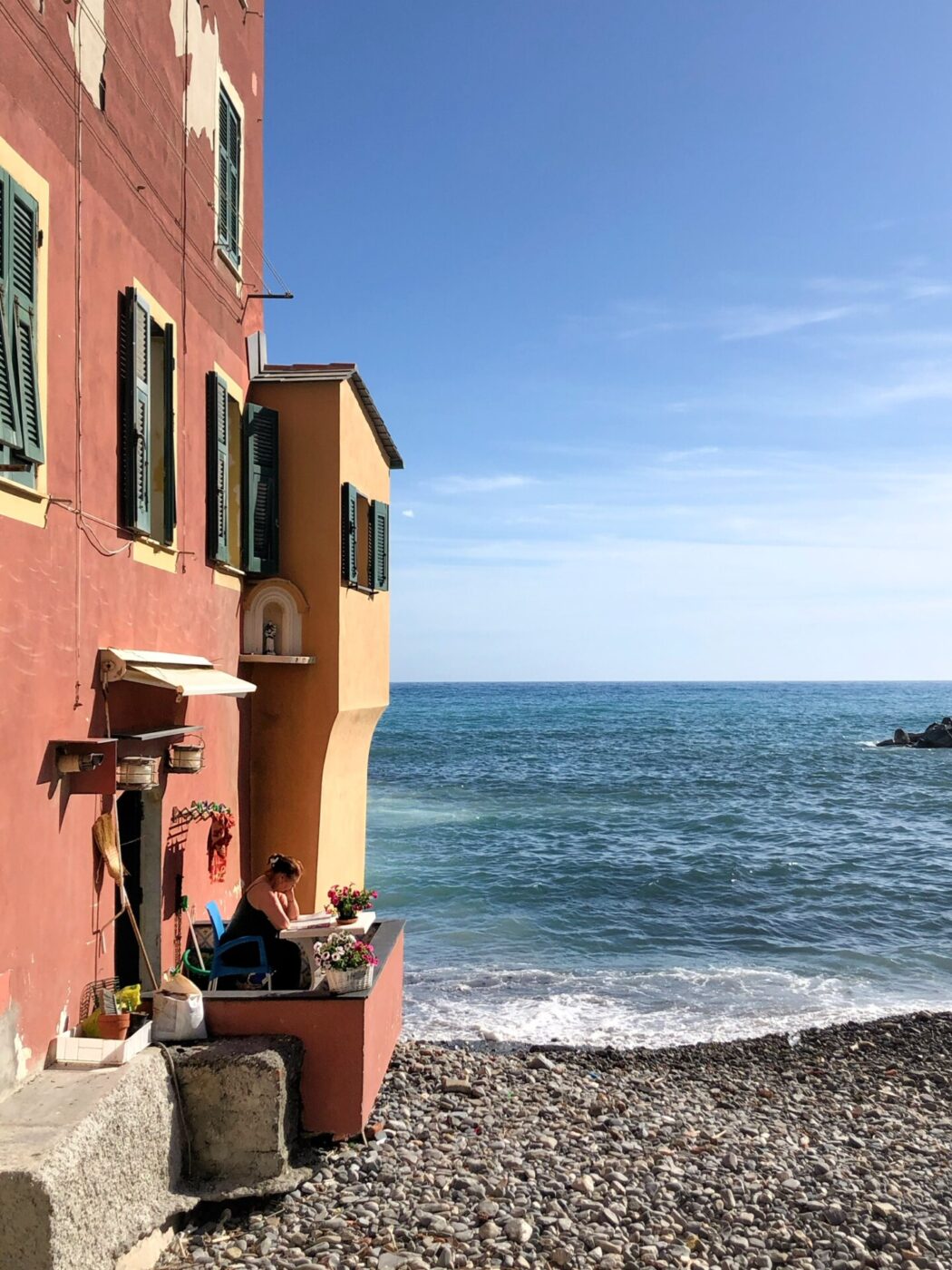So begins the ever-strange ode to the inhabitants of Genova made by the master of the Italian tongue himself, Dante Alighieri. In a way, that simple sentence defines in every sense how the rest of Italy views the people I’m proud to call my own.
Indeed, we Genovese are a strange people compared to what’s considered the Italian norm. When the average person thinks of Italy, it’s quite romantic: “ciao bella” and vespas and endless plates of pasta and Mediterranean warmth. That all exists in our country, for sure. In Genova, however, you will not be met with a litany of sunny ciao’s at every corner, but instead, upon entering any shop (or meeting any person for that matter), you’ll be greeted by the cold and ever frank salve–the business-only and most formal greeting we have in the Italian language.
The message from the commessa is quite clear: we’re not friends, so don’t ask how I’m doing. I don’t care. Go away. Finito.
Even in Milan, despite the city’s reputational “rudeness”, I’ve found the milanesi nearly on par with Neapolitans in terms of friendliness, especially in comparison to my compatriots (perhaps an exaggeration, but stay with me on this one). When I take the usual train up to Italy’s fashion capital a few times a week, I find far more warmth and friendliness–qualities that define what it usually means to be Mediterranean–despite their Alpine position. It’s funny given Genova is literally a city which embraces the Mediterranean with both arms and is home to the most important harbor in Europe.
This leads me to the other quality that renders us Genovese the strange fruit in the Mediterranean cornucopia: bluntness.
The proper Italian word for this Genovese attribute is schietto, which translates more or less to “frank” or “blunt”, but in English, the word loses some meaning. To be schietto is to say it as it is, “to call a spade a spade”. You always know where you stand with a Genovese. Whereas elsewhere in Italy it may be more customary to laugh off someone’s oddities or, taking it to the Neapolitan level, turn them into a jovial joke, in Genova that is not the case. If you’re ugly, they’ll tell you. If you’re a fool, they’ll tell you. And if they don’t like you, they’ll be sure to tell you–and quickly.
Abandon all hope ye who are looking to practice your Italian in Genova! For the stories of foreigners coming to Genova and complaining of leaving in tears because of the brusque comportment and sharp frankness of the Genovese are countless.
Speaking of, complaining is also quite Genovese. In Genova, complaining lacks the charm et savoir faire that the masterful French have rendered their own laments. Instead, a Genova si mugugna (in Genova, one grumbles). One complains of the sea, of life, of how expensive everything is (and truth be told, Liguria is the second most expensive region after Lombardia). This song of complaint never fails to shock visitors, even other Italians. I recall vividly when my Roman cousins came to visit me last summer and we went for a quick stop at L’Antica Gelateria Amadeo in the dreamy neighborhood of Boccadesse. While ordering, the young man working behind the counter simply moaned and groaned about his job, lashed out at customers, and even whined at my cousin for wanting to try the flavors. “How can you complain when you’re working in an ice cream shop by the sea!” my cousin exclaimed, bewildered by his doom and gloom behavior–especially when his view can be considered among the most beautiful in the world. (That being said, despite those grumbles, Gelateria Amadeo will lighten anyone’s mood: its gelato is considered one of the best in Italy.)
But alas, such is Genova of the Genovese–a perpetual lament. The verb mugugnare is closely attributed to the Genovese and even forms the name of Il Mugugno Genovese, a fabulous aperitivo bar in the centro storico which will leave you neither moaning or groaning.
Blunt, cold, whiny: clearly one isn’t selling Genova well if this is all to be said of its people.
But you see, to understand Genova, you must get beyond the superficial to truly understand our city and find the gold that lies in the hearts of i zenesi (dialect for i genovesi, from the Genovese word for the city, Zena).
Despite its flaws, as even Dante notes, Genova has birthed so much of what we know today. For almost a millennium, Genova was a distinguished Republic, proud of its regal beauty, nestled between the Mediterranean and the mountains. Banks were invented here back in 1407–a fact that earned the Genovese a reputation for being tirchi (stingy) by the rest of Italy. You can thank Genova for blue jeans, worn by sailors for its resistance and durability in the sea during all tides. In fact, the word “jeans” comes from the French word for Genova: Gênes. Christopher Columbus was Genovese, and, whether for good or for bad, world history was changed forever at his hands. Genovese are proud of their heritage: while Venice is called la Serenissima (the most serene or beautiful), Genova is la Superba, the proud one.

Like the famous Genovese pesto, understanding us clearly requires specific ingredients.
Pesto is world-renowned, and yet it’s never made well. You can easily spot a Genovese abroad as we look at the ingredient list of store pesto and gasp at the foreign (and bizarre) ingredients on the label. You’ll see that famous mugugno genovese in a hot second, especially if we dare catch sunflower oil used in lieu of at least the most basic of olive oils. And you better forget pesto from Barilla! Friendships will die fast if you dare insult a Genovese with that strange paste.
Pesto is the most Genovese of dishes because it demands (and I emphasize demands) very specific ingredients and steps. First, the basil must come from Liguria. There is a war on where exactly, but I dare say the herb must be from the Genovese neighborhood of Pra’ (I can already hear the grumbles of some compatriots as I write this). The leaves are smaller and sweeter; they are also delicate, much like the hearts of the Genovese, and must therefore be washed and left to air dry. Towel drying will crush them prematurely and spoil the flavor.
The olive oil must be Ligurian as well, preferably (and usually always) from Taggia, where the olives are among the best. Of course, pine nuts from Liguria must follow, along with Sardinian pecorino, Parmigiano Reggiano and a good dose of garlic, but the latter can be optional depending on preference.
These ingredients can only be suitably combined in a Genovese mortar, made of Tuscan marble, and using a wooden pestle to combine the ingredients delicately and gently.
This takes time.
It takes work.
But as life always shows, the best things are worth the effort, and one bite of real pesto, with its bright green hue, will keep you from buying store-bought pesto ever again. The best place in Genova to taste a superlative pesto? For something more upscale, Il Genovese on Via Galata and, for more local flair, Pasticcio Artigianale di Canneto in the historical district (my forever favorite).
And so I repeat that the Genovese are like pesto: as one must know how to pestare il pesto, one must know how to pestare i genovese. And in this case, there are only two key ingredients.
First ingredient: patience. Yes, they’ll complain and yes, they’ll grumble, but let them. And for fun, grumble with them! The Brits use the weather as an icebreaker; we Genovese use our complaints! Misery likes some company–as long as it’s served with wine (in this case, how about a lovely glass of Ligurian Rossese?).
The second ingredient: consistency. Every flavor of siege, as well as pirates, have hit our shores, and that historical trauma has made us associate strangers with danger. The Genovese are also used to people coming and going and don’t want to waste their time building a rapport with someone they’ll never see again. So if you want their trust, show up more. If you’re visiting Genova, choose a cafe of your liking (I recommend either Tazze Pazze in the centro storico for exceptional coffee or Fossatello’s Border Cafe for a spectacular Ligurian-style aperitivo), and start frequenting it. Don’t be bothered by the cold salve or demeanor of the workers in the beginning: like ice, the cold will melt into water that goes down easily. And, with time, you’ll be greeted with a buongiorno instead and perhaps even asked to join in some mugugno alla genovese!
Perhaps this is why the Genovese are so misunderstood by outsiders, even by their own fellow Italians. Perhaps this is why we’re perceived to be so strange. When visitors come in fretta (in a hurry), whether visiting for the day before boarding a cruise or for just a layover before Portofino, you’ll never be able to capture our true nature. It takes time, and the right approach, to bring out the flavors of this complex group of people that I call my own.
If you take heed of what I tell you, slowly you’ll begin to see us unfold and believe that, of all the stereotypes, it’s true that the Genovese are quite stingy. Stingy when it comes to giving their hearts away so easily. But that’s because, once they finally let you in, they will love and reward you forever–the same way Liguria rewards the traveler who really dares to explore her.
“Oh the Genovese…..strange men.”
And thank God for that.









